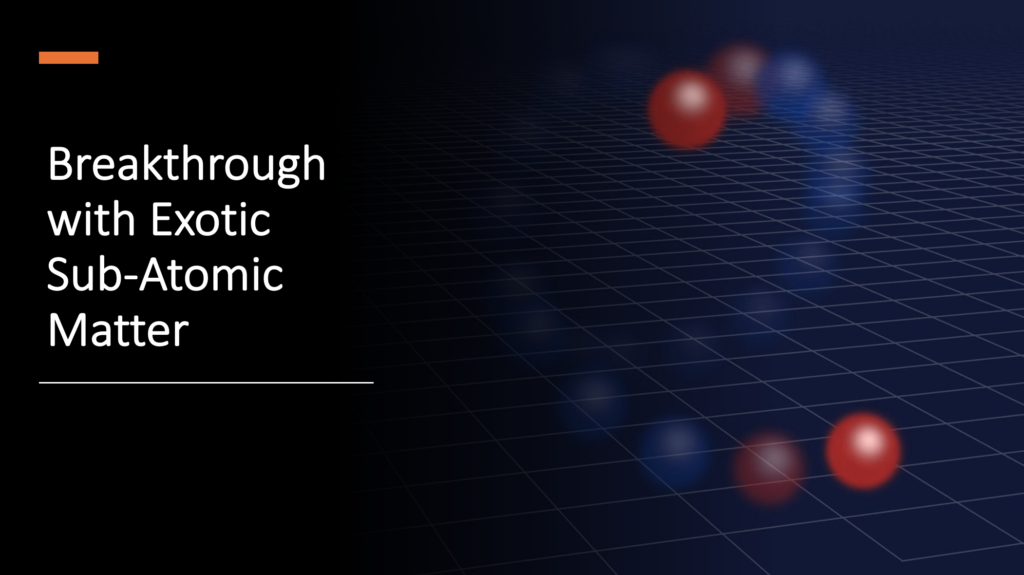Breakthrough with Exotic Sub-Atomic Matter

Quasi particles are a type of particle that exists in certain materials under specific conditions, such as in extremely low temperatures or strong electromagnetic fields. They behave like particles but are not fundamental, like protons or electrons. Instead, they emerge as collective excitations of the material’s atoms and can carry energy and momentum.
In one of my previous posts, I explained what Anyons are, their properties, and how they behave under certain conditions. In contrast, non-Abelian Anyons are a particular type of quasi-particle that exists in certain materials in two-dimensional space, such as the surface of some materials. They are called non-Abelian because they have an unusual property that makes them different from other types of particles. They have a special kind of “memory” that can store information based on their arrangement and movement, which could be useful in quantum computing. While they may sound abstract, non-Abelian Anyons have the potential to transform the field of quantum computing by offering an alternative way to encode and manipulate quantum information.
Researchers at Google Quantum AI have observed the behavior of non-Abelian Anyons for the first time using their superconducting quantum processors. Non-Abelian Anyons have fascinated researchers for their potential to revolutionize quantum computing, but their behavior has proven challenging to observe. The Google team created non-Abelian Anyons by stretching and squashing their quantum state and demonstrated how braiding them together could be used in quantum computations. The team also observed the hallmark of non-Abelian Anyons: when two of them were swapped, it caused a measurable change in the quantum state of their system. This discovery opens up a new path toward topological quantum computation.
On the other hand, a UK-based quantum computing firm, Quantinuum, claims to have made a significant breakthrough in the field of quantum computing by harnessing an exotic form of sub-atomic matter for the first time. Scientists at Quantinuum, in collaboration with Caltech and Harvard, have produced and manipulated a strange new form of matter, non-Abelian Anyons, which could transform efforts to build machines much more powerful than conventional computers. This breakthrough offers an alternative approach to building a “fault-tolerant” quantum computer that could theoretically reduce the need for error correction, which has been a significant challenge for quantum computing so far.
The new approach utilizes quasi-particles, non-Abelian Anyons, distributed throughout a cloud rather than the qubits associated with individual particles that are used by Google, IBM, and Zuchongzhi quantum computers in China. The claim is yet to be reviewed by independent researchers, but if true, it could put Quantinuum in the same league as the other big players in the field.
This breakthrough means that the quantum computing paradigm is becoming more real, and the industry is moving closer to the realization of powerful quantum computers. It could also significantly impact fields such as cryptography, pharmaceuticals, and materials science.
Reference:
Subatomic matter breakthrough – Sky news

Hamed Nazari
Hamed is an innovative and results-driven Chief Scientist with expertise in Quantum Science, Engineering, and AI. He has worked for leading tech companies in Silicon Valley and served as an Adjunct Professor at UC Berkeley and UCLA.
